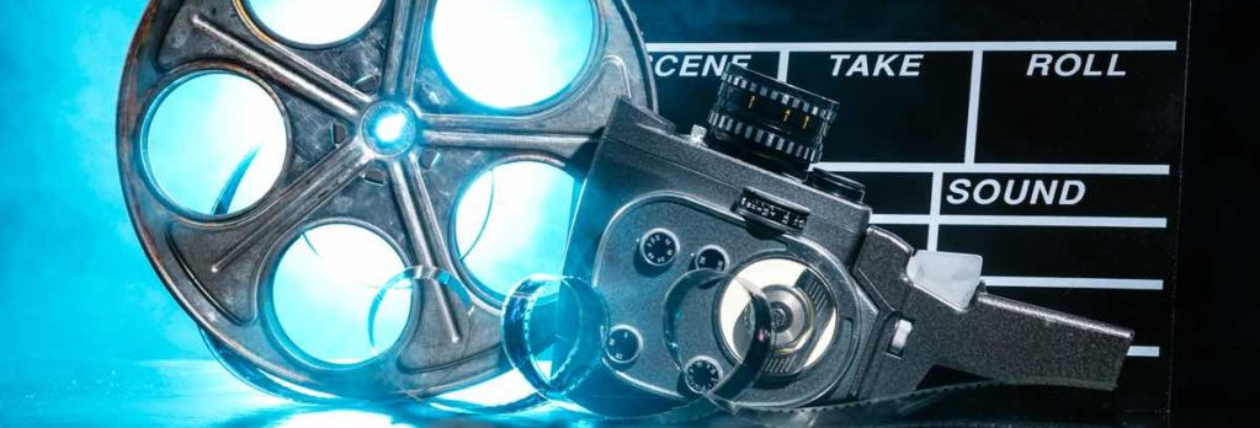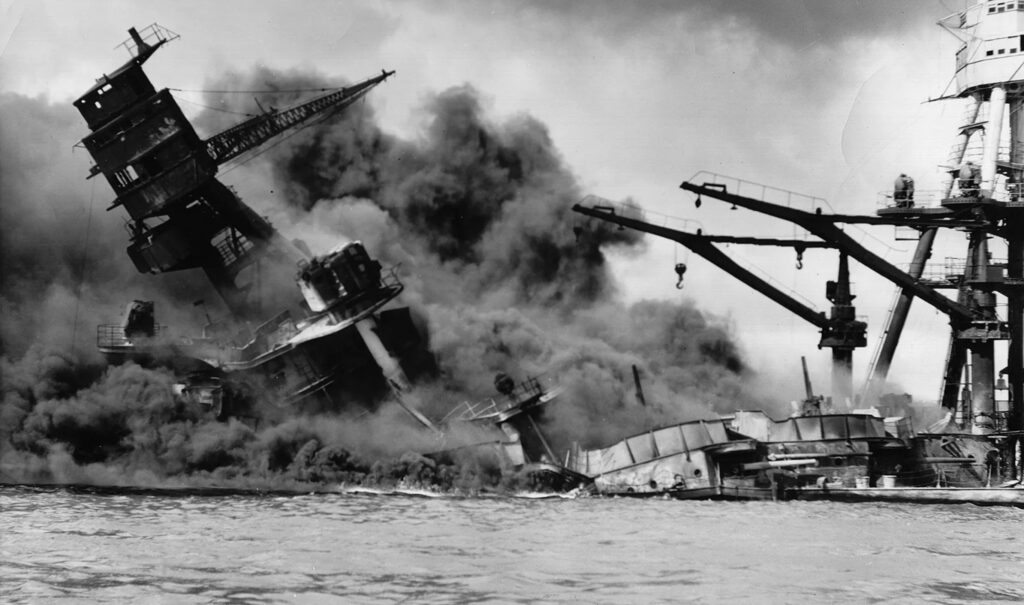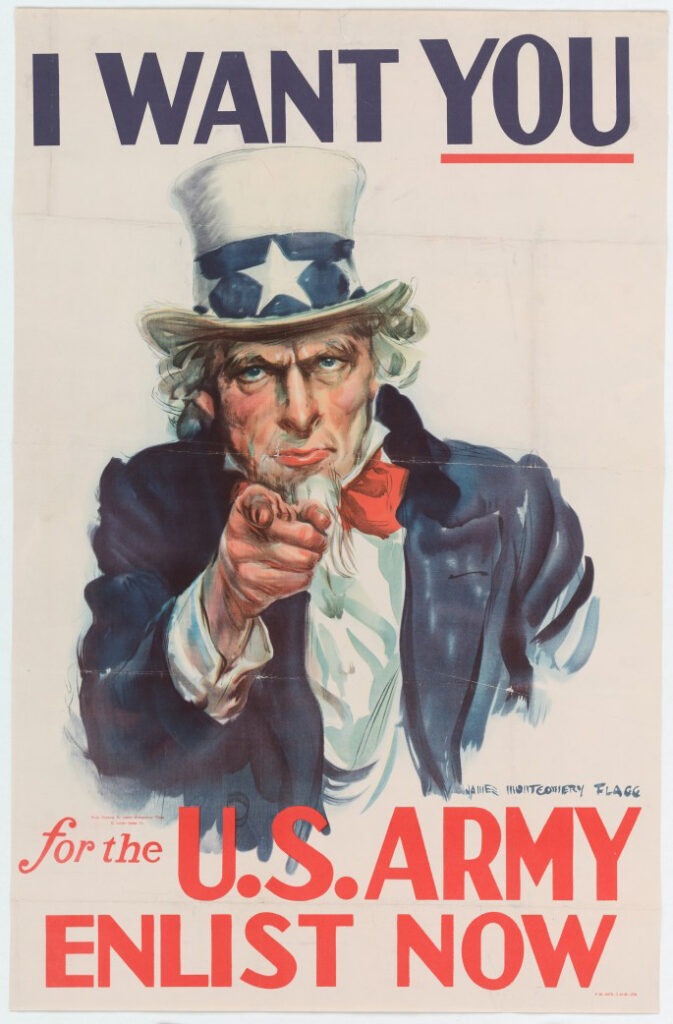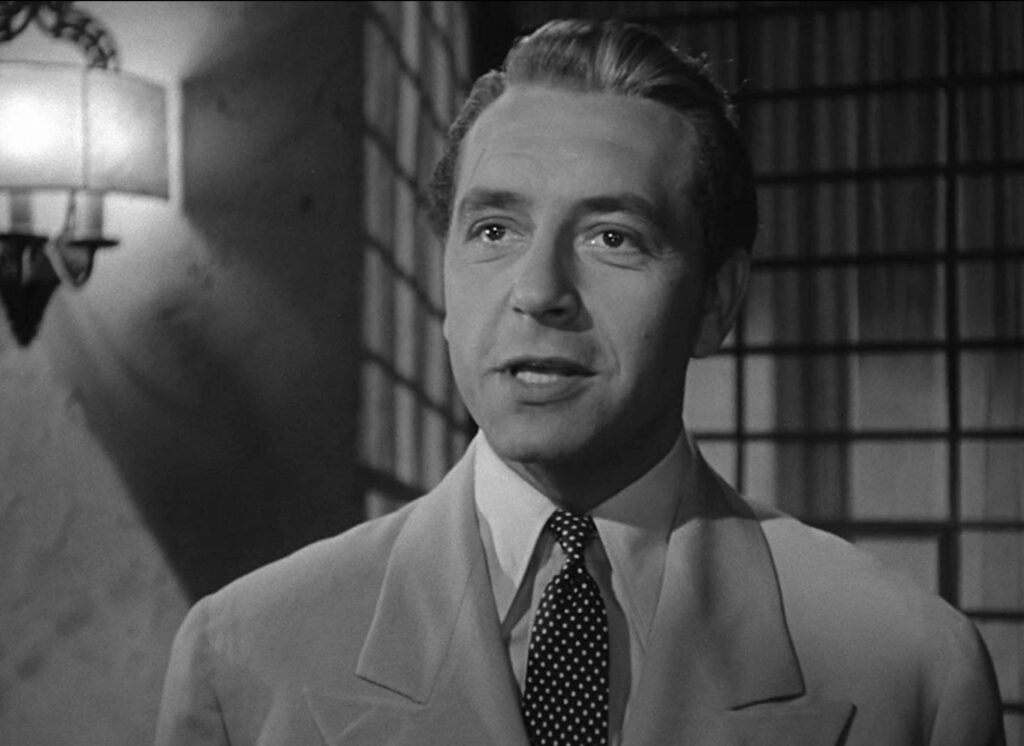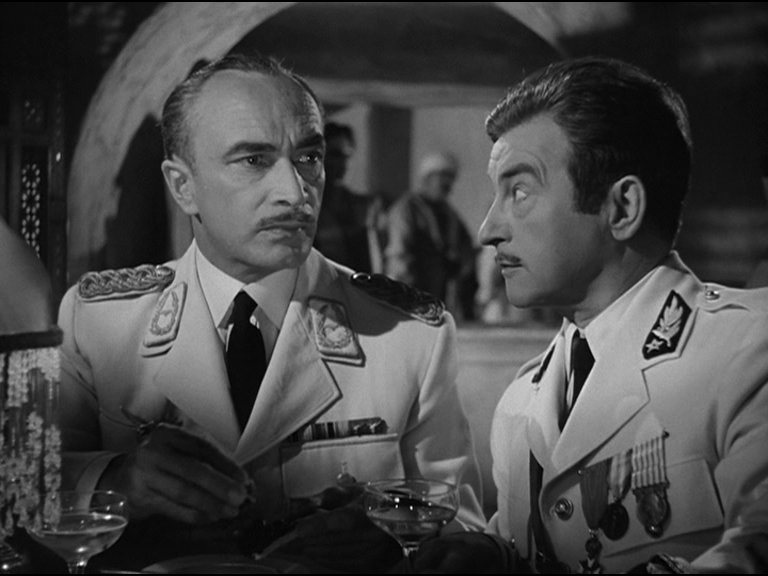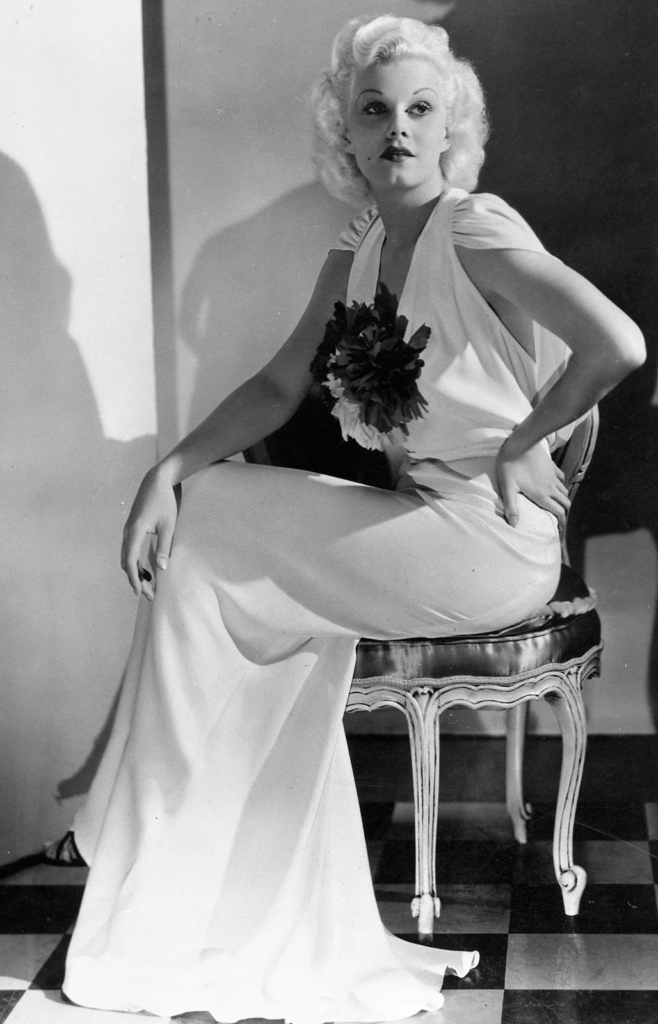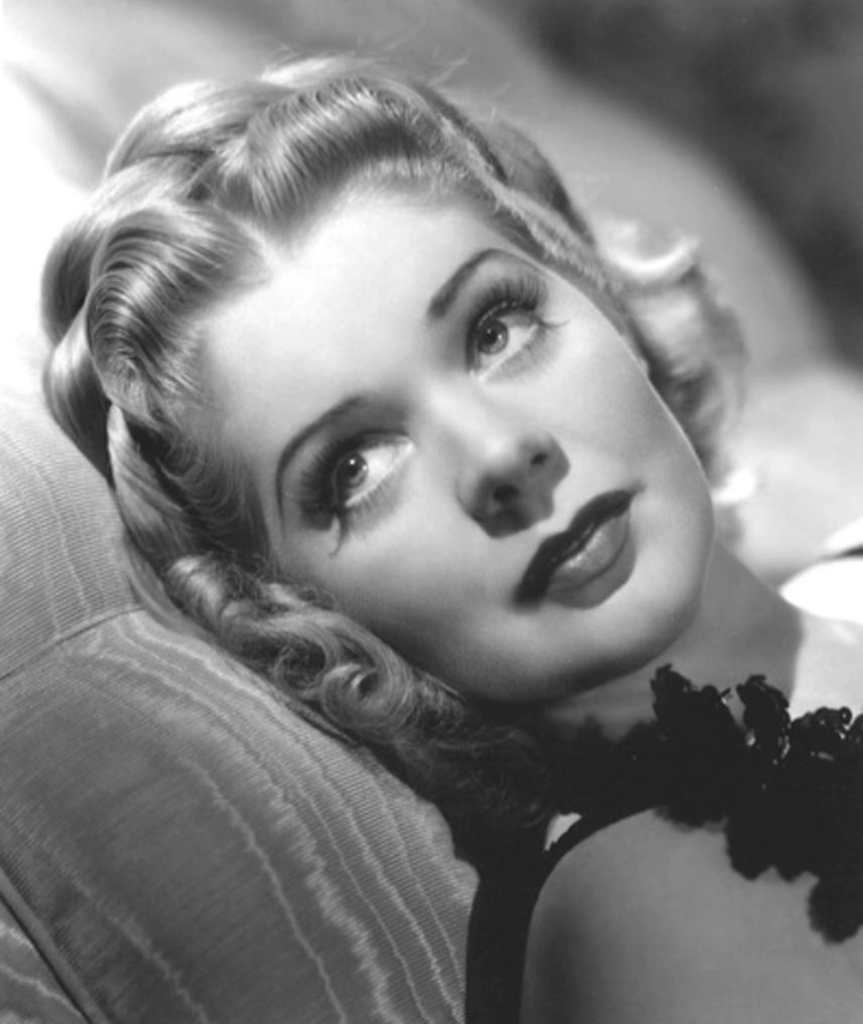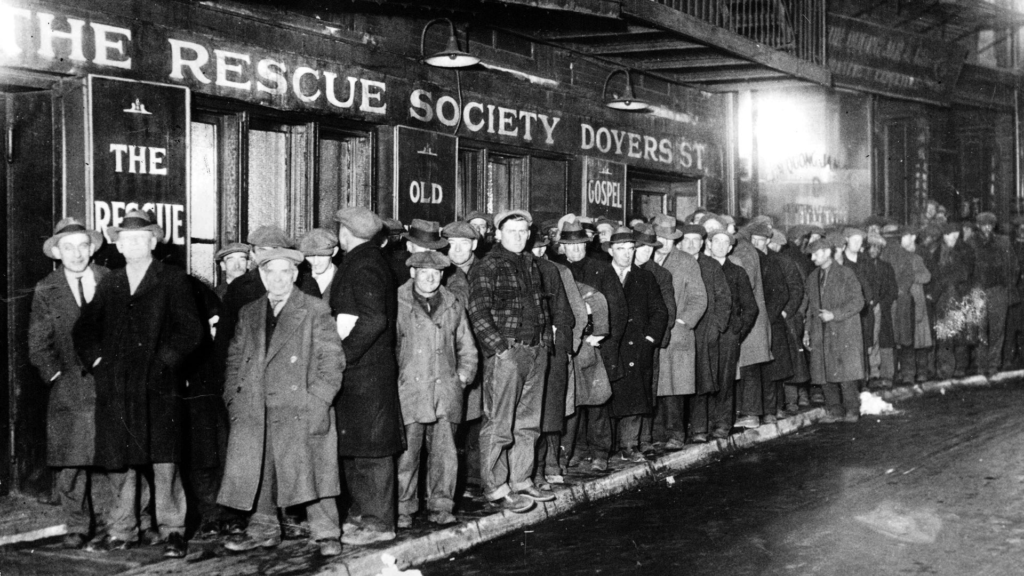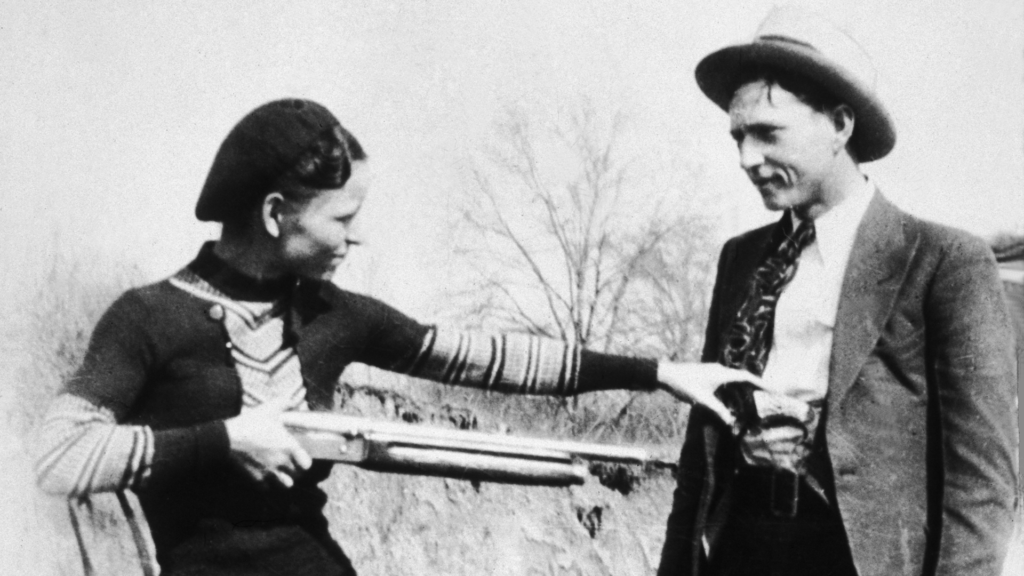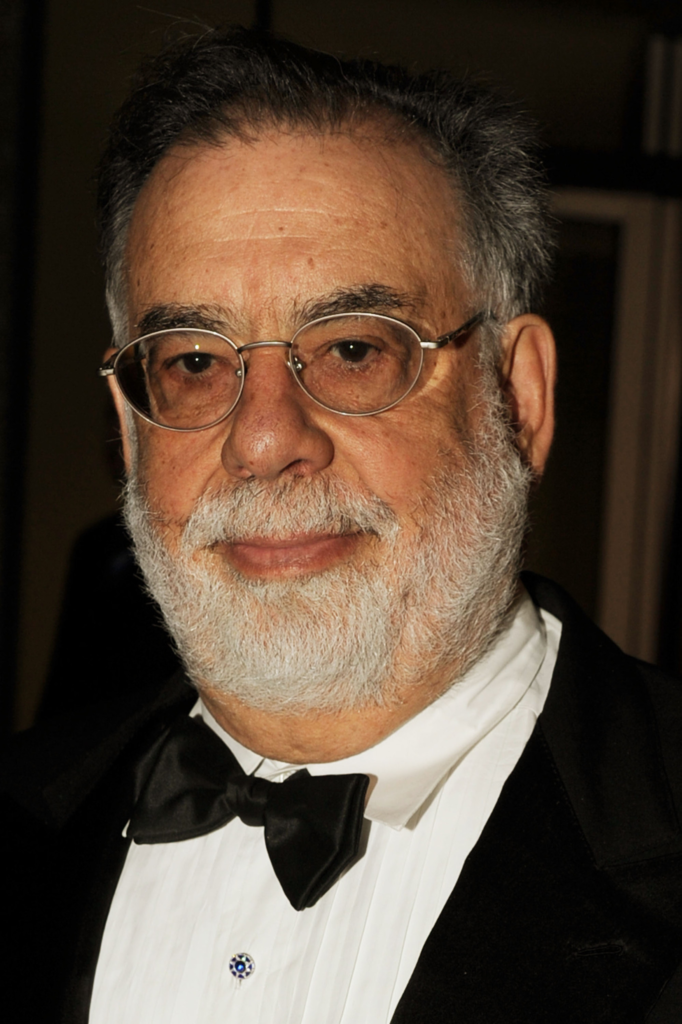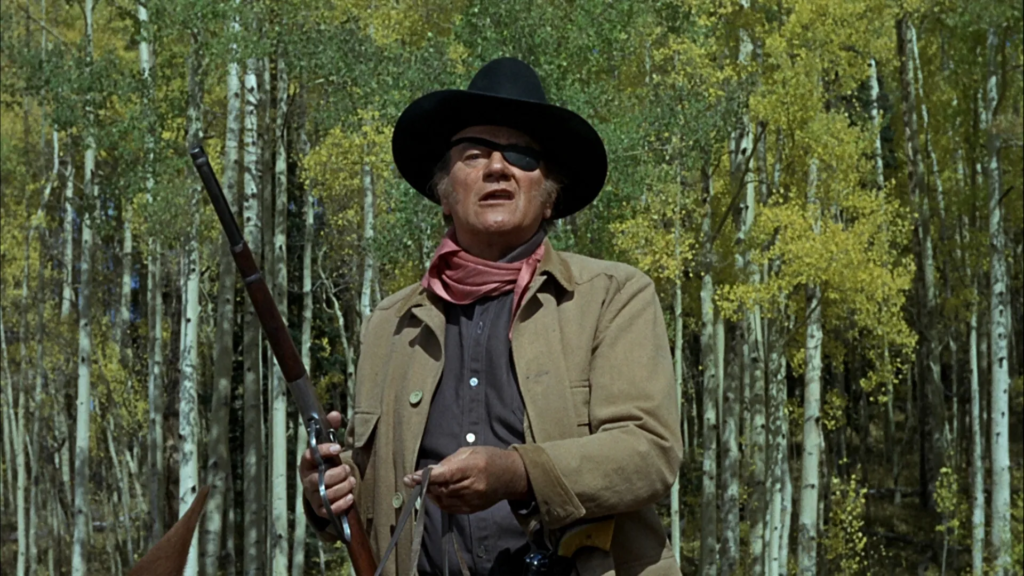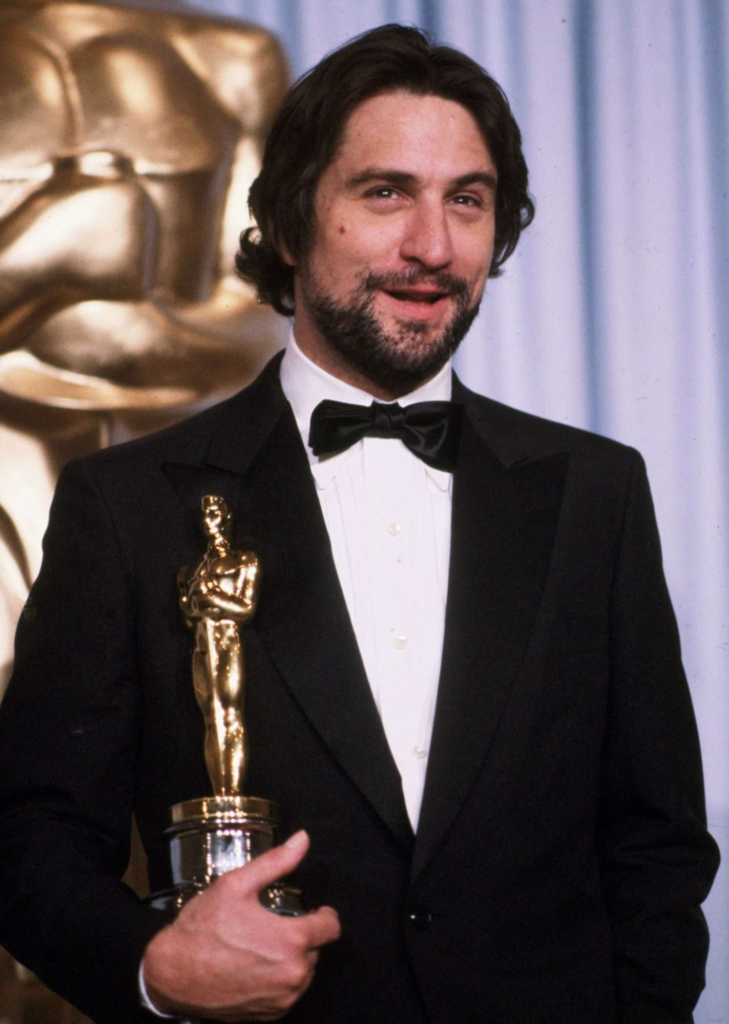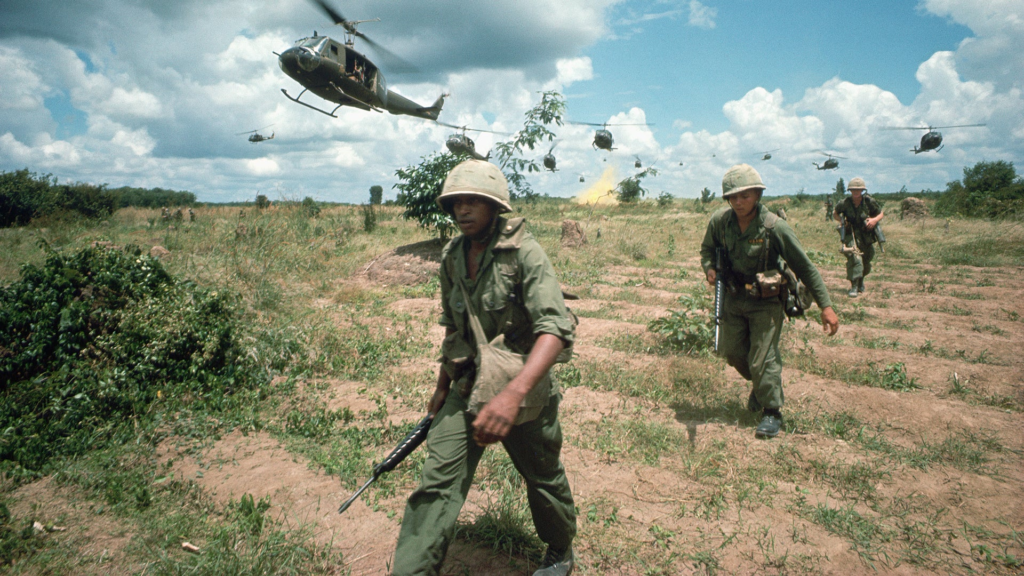What is meant by the term ‘New Hollywood’?

The term ‘New Hollywood’ stems from cinema in the mid to late 60s up until the late 90’s were films, by a new generation of directors reflecting a more broader innovation by covering topics such as political and cultural conflicts at large within America’s culture. Overall the control over films moved over from the studio towards the director to allow more creative freedoms. This came out of such events as the ‘Paramount decision’ where the court ordered a case to decide the fate of film studios owning their own theatres and holding exclusive rights on which theatres would show their own films.
Name some of the films, directors ands stars from this period.
Apocalypse Now, – 1979, directed by Francis Ford Coppola, Is a well known New Hollywood film that challenged the morality of the Vietnam War. It starred well known actors such as Martin Sheen, Harrison ford and Lauren Fishburne.

Taxi Driver – 1976, directed by Martin Scorsese, Is one of Scorsese’s famous films about an ex-Vietnam vet who tries to save an underage prostitute from her pimp. It includes a well known actors such as Robert De Niro.
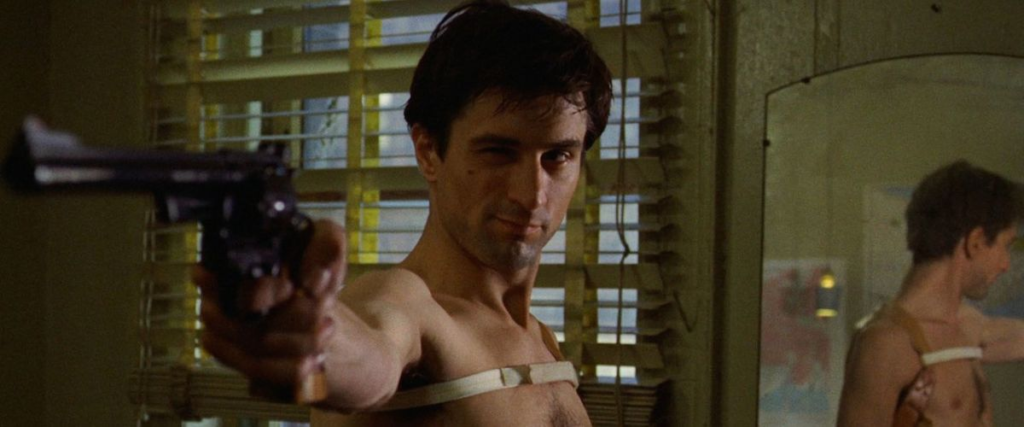
JAWS – 1975, directed by Steven Spielberg, is about a large white shark that fatally attacks swimmer’s, to get rid of it a sheriff teams up with a crew to hunt it down. This starred a famous actor, such as Roy Scheider.

What events were taking place in America around the period identified as the New Hollywood era of cinema?
During the period of the 50s up until the late 70s the US were involved in numerous events. Many of these centred around the battle of political ideology of capitalism VS Communism or social injustice:
- The Korean war – after the second world war, The US and other capitalist nations fought with the south Koreans against the communist china backed north Koreans.
- The Vietnam war, which spanned from 1955 to 1975, saw the US fight against the communist Vietnamese, backed by the USSR, this further goes to show the battle of ideology’s that soon became unpopular socially back home in the US as the death toll of Americans to prove which political ideology is better became unpopular after peace protests started to rise in numbers.
- The civil rights movement, took place throughout the 50s, which saw people of colour protest at the falsehoods of their rights and discrimination brought under laws such as segregation. The main event surrounding this can seen later on with Martin Luther King junior, giving his speech on the matter, this was supported by a quarter of million of people who attended his speech in Washington.
